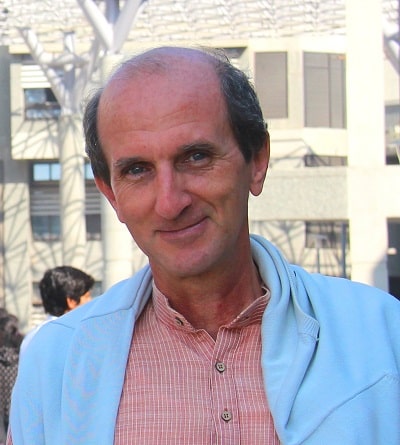
A lifelong student of Indian civilization, Michel Danino authored The Lost River: On the Trail of the Sarasvati (Penguin India, 2010) and Indian Culture and India’s Future (DK Printworld, 2011), apart from many research papers and popular articles. With Prof. Kapil Kapoor he co-edited a two-volume textbook on Knowledge Traditions and Practices of India (2013 & 2015) for a CBSE elective course for class XI and XII. He recently edited Sri Aurobindo and India’s Rebirth (Rupa Books, 2018). Since 2011, Michel Danino has been associated with IIT Gandhinagar, where he is currently visiting professor and assists the Archaeological Sciences Centre.
Abstracts of the lectures:
The Ramayana: The Journey of a Journey
These two epic tales of heroism illustrating the defence of dharma — the Ramayana and the Mahabharata — have enthralled India and much of Asia for close to two millenniums. They have been mined not just for their philosophy and spirituality but, more recently, by historians and other scholars for all manner of reconstructions. Here we will follow the Ramayana heroes’ journey, briefly trace the text’s geography, flora and fauna, and dwell on the deep imprints it has left on the Indian landscape, eagerly adopted and adapted in folk and tribal lore from the South to the North-East.
The Mahabharata: India’s First Anthropology Project
Whoever composed the Mahabharata attempted to encompass in it all of India’s geography, political landscape and ethnic diversity: the Epic names 363 Indian peoples, with hardly any distinction between major clans and those we have come to call “tribes”. It is not just the Great War that brings those clans together, but the Pandavas’ campaigns to the remotest corners of the subcontinent (and beyond), pilgrimages, and devices such as alliances across ethnic groups. The resulting vibrant tapestry is India’s first anthropology project. But the subcontinent, contained in the text, contained it in turn: as with the Ramayana, the Mahabharata was translated, retold or re-created in every region of India, including “tribal” areas, and hundreds of sacred landmarks emerged that fixed its heroes and episodes in terra firma.
Readings: